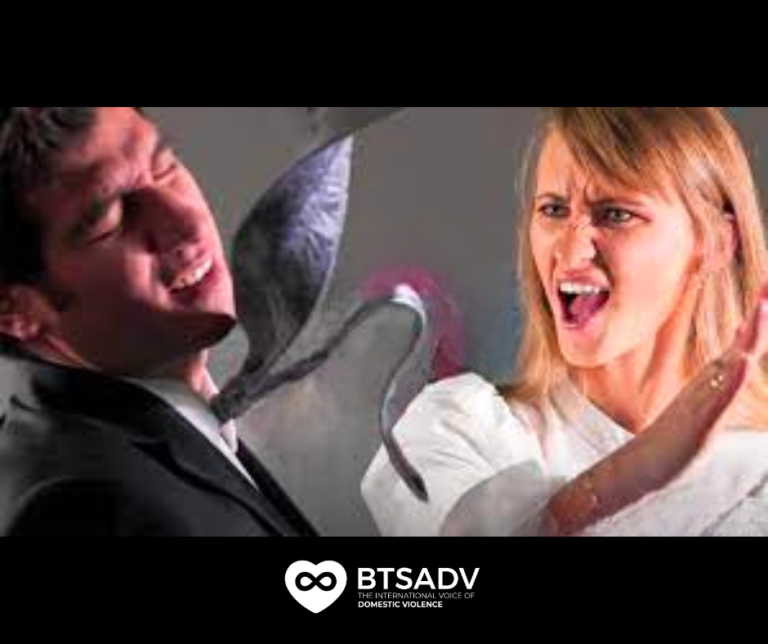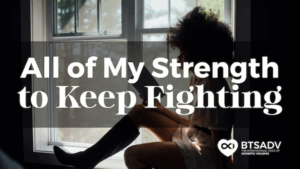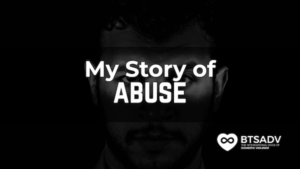What does it look like when our physically strongest individuals experience trauma at
the hands of an abuser? What standards do we have to operate by when the victim of
domestic violence is nearly three hundred pounds, and the perpetrator is only half of
that body weight? The questions worth answering consist of how men feel before,
during, and after domestic violence. Did the police come to help them? Were they told
“You’ll be fine” and offered next to no assistance? Did the size difference between men
and women create massive stigmas to be battled through enduring violence at the
hands of an intimate partner? The true question here is, why are men overlooked as
victims of domestic abuse?
Domestic violence seems to be routinely portrayed as a gendered crime, typically
assumed to be perpetrated by men against women. The truth is significantly different.
One-third of domestic abuse victims are men according to a study conducted in the UK.
The Office for National Statistics estimates that 1.6 million women and 757,000 men
reported abuse throughout 2020. Regardless, men are habitually silenced by the
hostility and incredulity they have encountered when discussing their experiences with
police and legal services. Our supporting agencies fail to recognize this, and female
helplines have told men that they were unable to offer male victims any help as there
was no funding to support them (Broberg).
Between scarce studies and social stigmas, there have been some complex aspects to
exploring the barriers that men face when seeking help. During an anonymous interview
conducted with a male survivor of domestic violence, he noted that even as he was
lying in the middle of a street next to a police station screaming for help, nobody came.
When asked how he perceived that his response was “Well sure, physically I could have
overpowered her in a flash, but what happens after that? Do I go to jail for assault? I just
wasn’t ready to risk my entire future for self-defense and that’s where the police
should’ve been more involved.”
Much of what we have historically understood about male experiences of intimate
partner violence (IPV) has been derived from research and exploration into men’s
perpetration and women’s victimization. Yet, the status of “victim” is argued not to have
been applied equally to men and women. This could be due to the flawed logic of the
masculinity narrative. It’s a narrative that promulgates the belief that men should be
powerful and able to protect themselves, that they should be able to resolve their issues
and defend themselves and others against abuse. While surviving domestic violence
can show us our resources available, there’s also this synonymy between victim and
weakness which is more salient for male victims (Taylor et al.).
Requesting help doesn’t stop at the eternal actions taken by survivors, it’s started with
the first call, text, or email. Requesting help for men can be an internal challenge as well
as an external challenge and pose threats to our social stigmas and beliefs around
masculinity. Research also notes that men endure a variety of fears before reporting
domestic violence including fear of losing their children, shame and embarrassment, a
fear of not being taken seriously, a protective attitude towards their partner, fear of being
arrested, and the blatant denial that any domestic violence victim faces after telling their
stories. During the interview, he returned with a question, “What am I supposed to do
when police don’t believe me, my friends make fun of me for getting beat up by a girl,
and all the while she’s still stalking my every move?”. He’s not alone in these
experiences.
The question still begs an answer—If stigma is a product of social interaction, and what
is stigmatizing in one social context may not be in another context, then changing
perceptions and reducing barriers for male victims of IPV is possible. When it comes to
systemic changes, training for service providers with a focus on inclusive practices
alongside training on recognizing and challenging unconscious bias and the associated
discrimination that follows. Our society needs validation and inclusion, it has the
potential to reduce the sense of exclusion and isolation for these survivors and help with
positive help-seeking experiences which have the potential to demonstrate the
importance of well-informed and nonjudgmental service personnel and a greater
community awareness of male victimization (Taylor et al.).
Sources:
Broberg, Rita. “Why Are Men Often Overlooked as Victims of Domestic Abuse?” The Centre
for Social Justice, 14 June 2022, www.centreforsocialjustice.org.uk/newsroom/why-are-
men-often-overlooked-as-victims-of-domestic-abuse. Accessed 14 May 2024.
Taylor, Julie C., et al. “Barriers to Men’s Help Seeking for Intimate Partner Violence.” Journal of
Interpersonal Violence, vol. 37, no. 19-20, 25 Aug. 2021, p. 088626052110358,
journals.sagepub.com/doi/10.1177/08862605211035870,
https://doi.org/10.1177/08862605211035870. Accessed 14 May 2024.



